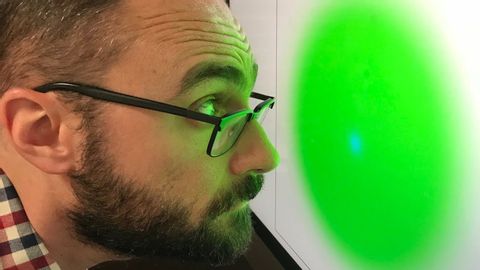オンラインイリュージョン (Online Illusions)
林宜悉 が 2021 年 01 月 14 日 に投稿  この条件に一致する単語はありません
この条件に一致する単語はありませんUS /pɚˈspɛktɪv/
・
UK /pə'spektɪv/
US /ˈkɑɡnɪtɪv/
・
UK /ˈkɒgnətɪv/
- adj.認知の;認知能力の;認知発達の;認知療法の
- v.t./i.出場する;計算する;思う;思う
- n.姿 : 体形;数字;人物像;図表;著名人;姿の輪郭;数字
US /ɪˈluʒən/
・
UK /ɪ'lu:ʒn/
エネルギーを使用
すべての単語を解除
発音・解説・フィルター機能を解除

